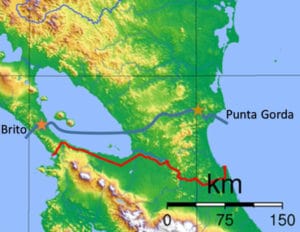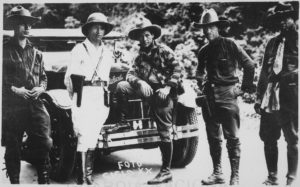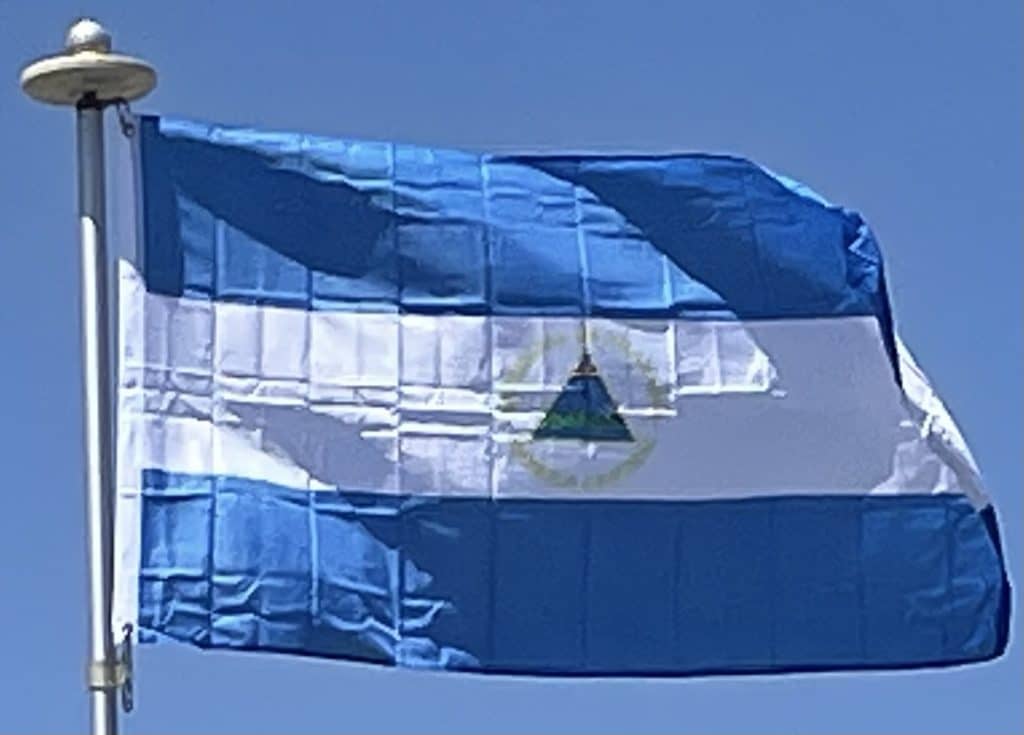Rivalry between the Liberal elite of León and the Conservative elite of Granada characterized the early years of independence and often degenerated into civil war, particularly during the 1840s and 1850s. Managua was chosen as the nation’s capital in 1852 to allay the rivalry between the two feuding cities. During the days of the California Gold Rush, Nicaragua provided a route for travelers from the eastern United States to journey to California by sea, via the use of the San Juan River and Lake Nicaragua.

Great Britain, which had claimed the Mosquito Coast as a protectorate since 1655, delegated the area to Honduras in 1859 before transferring it to Nicaragua in 1860. The Mosquito Coast remained an autonomous area until 1894. José Santos Zelaya, President of Nicaragua from 1893 to 1909, negotiated the annexation of the Mosquito Coast to the rest of Nicaragua. In his honor, the region was named “Zelaya Department“.
Throughout the late 19th century, the United States and several European powers considered a scheme to build a canal across Nicaragua, linking the Pacific Ocean to the Atlantic.
United States Occupation (1909–1933):
In 1909, the United States supported the conservative-led forces rebelling against President Zelaya. U.S. motives included differences over the proposed Nicaragua Canal, Nicaragua’s potential as a destabilizing influence in the region, and Zelaya’s attempts to regulate foreign access to Nicaraguan natural resources. On November 18, 1909, U.S. warships were sent to the area after 500 revolutionaries (including two Americans) were executed by order of Zelaya. The U.S. justified the intervention by claiming to protect U.S. lives and property. Zelaya resigned later that year.
United States Marines occupied Nicaragua from 1912 to 1933, except for a nine-month period beginning in 1925. In 1914, the Bryan–Chamorro Treaty was signed, giving the U.S. control over a proposed canal through Nicaragua, as well as leases for potential canal defenses. Following the evacuation of U.S. Marines, another violent conflict between Liberals and Conservatives took place in 1926, which resulted in the return of U.S. Marines.

From 1927 until 1933, rebel general Augusto César Sandino led a sustained guerrilla war first against the Conservative regime and subsequently against the U.S. Marines, whom he fought for over five years. When the Americans left in 1933, they set up the Guardia Nacional (national guard), a combined military and police force trained and equipped by the Americans and designed to be loyal to U.S. interests.
Somoza dynasty (1927–1979):
Nicaragua has experienced several military dictatorships, the longest being the hereditary dictatorship of the Somoza family, who ruled for 43 nonconsecutive years during the 20th century. The Somoza family came to power as part of a U.S.-engineered pact in 1927 that stipulated the formation of the Guardia Nacional to replace the marines who had long reigned in the country. Somoza García slowly eliminated officers in the national guard who might have stood in his way, and then deposed Sacasa and became president on January 1, 1937, in a rigged election.
